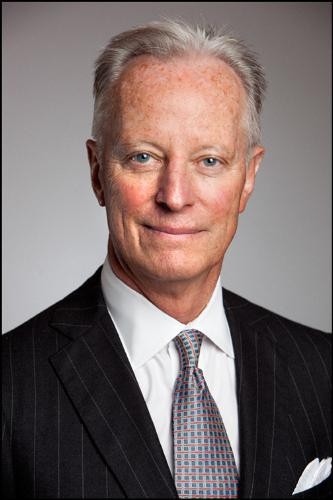Should you own Build America municipal bonds
Post on: 18 Апрель, 2015 No Comment

Highlights
- The bonds are a hit with state and local governments.
- The goal is to spur municipalities to get some projects going.
- Municipal bonds, historically, have a lower default rate than corporates.
The Build America Bond program is a hit with state and local governments looking for low-cost money to finance billions of dollars in capital projects such as roads, schools and transportation infrastructure. But are the municipal bonds that are issued under the program a good deal for individual investors at a time when interest rate hikes may be on the horizon?
U.S. Treasury data, as of Jan. 1, 2010, shows that nearly 800 municipal bonds have been issued under the BAB program since it began in April 2009. Those bonds total more than $65 billion and constitute about 22 percent of the muni bond market.
The big benefit to issuers is that the federal government foots the bill for 35 percent of the interest paid to the investor. The goal, of course, is that the subsidy will spur municipalities to get some projects going, boost employment and revitalize the economy.
Tempting yields
For investors, the yields are tempting. This is hardly definitive, but the average yield of the first 100 BABs listed in a search on Zions Direct was 5.67 percent. That’s comparable to many corporate bonds. but the interest is taxable, unlike many municipal bonds, which are tax-free. The subsidy, theoretically, should allow municipalities to pay higher interest which, in turn, should attract more investors.
I wouldn’t paint it with a broad brush but I’d say that investors who previously might not have been better off in munis because the after-tax yield wasn’t good enough, perhaps now because they’re getting a taxable bond but at a higher yield it just might be more advantageous, says Don Bertrand, vice president at WealthTrust-Arizona.
Another plus is the fact that municipal bonds, historically, have a considerably lower default rate than corporate bonds, which means the investor is taking less credit risk. But these are tough times for state and local governments. Bertrand says he would steer clear of California’s general obligation bonds for the time being, but might consider the state’s revenue bonds for essential services.
But, interest rate risk
But bond investors also need to concern themselves with interest rate risk. We’ve been in a low-rate environment for a prolonged period and rates have nowhere to go but up. These are long-term bonds and if rates rise and bond prices slump you may have a difficult time selling your bond prior to maturity without taking a hefty financial hit.
Most people don’t hold bonds for 20 or 30 years if they’re looking for total return, says Doug Lockwood, CFP at Cornerstone Wealth Management in Auburn, Ind. It’s still questionable as to the type of liquidity investors may be able to get out of these bonds if they have a new offering like this where you don’t have anything in the past to go on it may be difficult if you need to liquidate for an emergency.
Newly issued BABs are available through brokerages and financial advisers. You can also pick them up on the secondary market from other investors, usually at a premium or a discount. As of this writing there appears to be only one mutual fund — Eaton Vance Build America Bond Fund symbols EBABX for class A shares and ECBAX for class C shares. The funds require a minimum investment of $1,000. An exchange-traded fund is also available — Invesco PowerShares Build America Bond Portfolio, or BAB.
If you have a small amount of money to invest, the ETF makes more sense, says Bertrand. Obviously, ETFs are very liquid and can be sold any time during the day versus having to worry about selling individual shares on the secondary market.
The Build America Bonds program is scheduled to end Dec. 31, 2010, but Bertrand says he believes the Treasury will extend the program.
Create a news alert for investing














